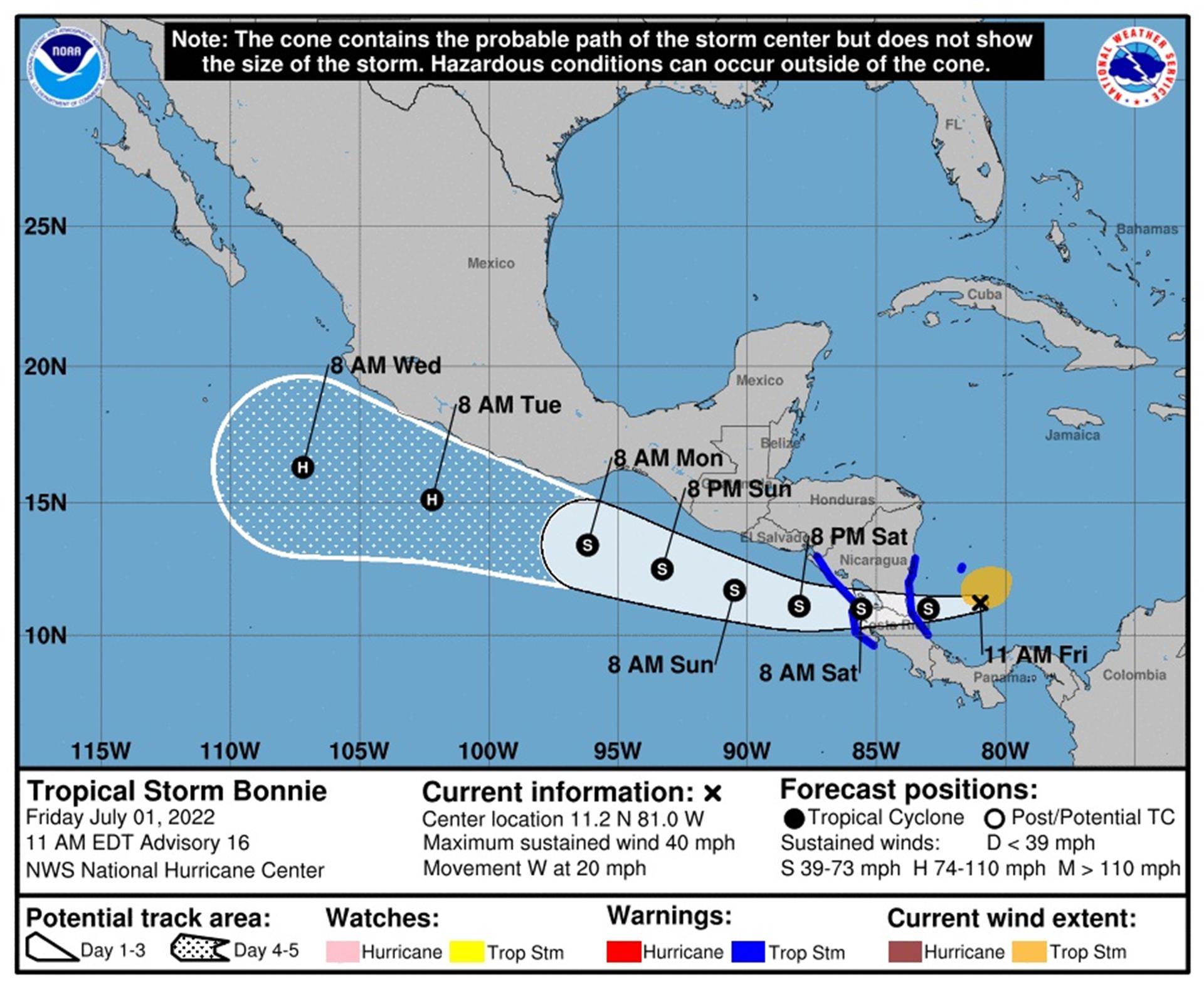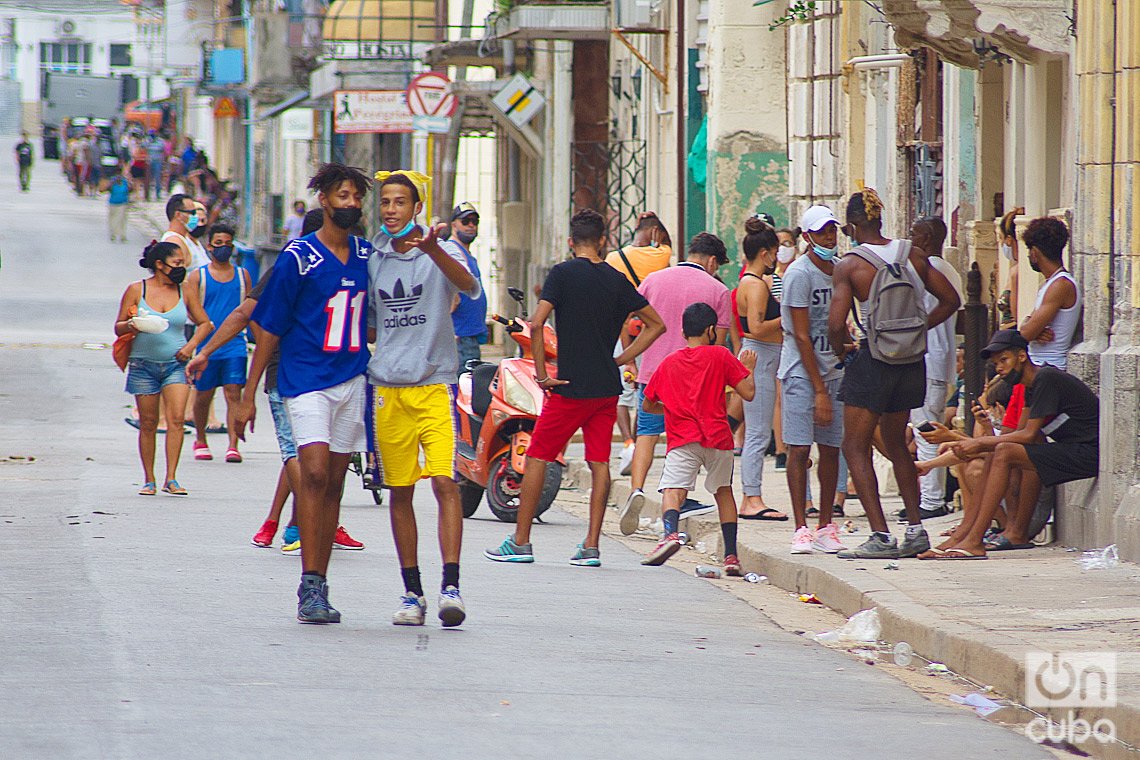H
Six months ago 50 migrants died in a trailer that had an accident in Chiapas, a week ago 53 more died asphyxiated in another trailer, this one near San Antonio, Texas. They are not separate acts, they are part of the same migration process and of the same international human trafficking system.
Between the two cases, that of December 2021 and that of June 2022, there is a series of similar events, with the difference that not in all cases there were human losses, but they are part of the same modus operandiin which the massive traffic of migrants between Mexico and the United States is carried out.
A brief summary of this type of event shows that it is not an isolated matter, but rather something that happens on a daily basis, surreptitiously and of which we can count on evidence. On December 10, 2021, 50 migrants died in Chiapas in the accident of a trailer, which was traveling at high speed. The next day an international commission was formed, with the participation of a dozen countries, chaired by Marcelo Ebrad, the so-called GAI, Immediate Action Group, to combat migrant smuggling. As a result, the contracted gang of traffickers was located in the Dominican Republic and dismantled. In Mexico, no results have been reported, except for the transfer of corpses to Guatemala.
On January 16 in Veracruz, at a checkpoint, 359 migrants were found crowded into the box of another trailer. On February 4, the National Guard detained one more, with 312 migrants, in Córdova, Veracruz. On March 7, an abandoned trailer was found on the side of the road with 250 migrants, a pregnant woman suffocated to death on the way. On April 12, in Río Verde, San Luis Potosí, a trailer with 160 migrants was detected at a checkpoint, some 30 managed to escape and the rest were detained. And so on May 4 in Veracruz, on the 15th of that month in the state of Mexico, on June 17 in Chiapas.
In the latter, the trailer was abandoned on the side of the road and 249 men, 55 women and 62 minors were traveling, of which 25 were traveling alone.
The vehicle was carrying migrants from countries as far afield as Bangladesh, India, Nepal, Yemen, Uzbekistan and South Africa. There were also people from Cuba, the Dominican Republic, Ecuador, Bolivia, Guatemala, Honduras, Nicaragua, Peru, El Salvador and Venezuela. In total 16 nationalities.
Organizing a trip for more than 300 people requires a lot of organization, facilities to accommodate or transfer so many human beings and to charge for the service. It is estimated that on average they charge between 10 and 15 thousand dollars per person, which gives a total of approximately 3 million dollars for a trailer of 300 people.
Collecting these amounts is a complex operation; some pay in cash, others by transfer, some are hooked and pay with slave labor
when you arrive at your destination. In many cases, it is the relatives who send the money from the United States.
It is about mafias, but also about a business organization to manage such a volume of people and money. As has been seen, they use various routes through Mexico and, after the surreptitious crossing, the transfer continues with the same modus operandi in United States.
This brief account shows that it is a daily matter, every day they travel through Mexican territory and also through the United States, trailers with human cargo, overcrowded, hungry, thirsty and suffocated. In some cases the checkpoints and operations have worked, in others it is pure chance that they are found, abandoned on the side of the highways or on secondary routes.
In migrant smuggling, unlike trafficking, there is a total carelessness with the merchandise, if something happens they do not lose the money already collected and if they die, as in the case of San Antonio, neither does anyone who claims. The same thing happens with the boats and boats full and overcrowded with migrants in the Mediterranean. That is why they are not interested in offering minimum security conditions for people. The greater the number of people in a trailer or in a small boat, the better, the more business. This is not the case of dealers, who generally care for and protect their merchandise because it will later provide them with profits and dividends.
Unlike drug trafficking, in human trafficking the possibilities of infiltrating, obtaining information and carrying out successful operations are much simpler. You simply cannot take sophisticated control and security measures when moving 300 people of different nationalities.
For decades, there has been an insistence on carrying out controls and operations in the transfer systems used by traffickers and extortionists to collect money. Both migrants and family members can provide information: names, dates, amounts, companies and transfer numbers.
It is clear that the fight against migrant smuggling is going to increase prices and affect many migrants and their families. But it is no longer about coyotes or smugglers, as in the last century, they are criminal mafias that take advantage of the hopes and illusions of migrants and that put their lives at risk every day.








